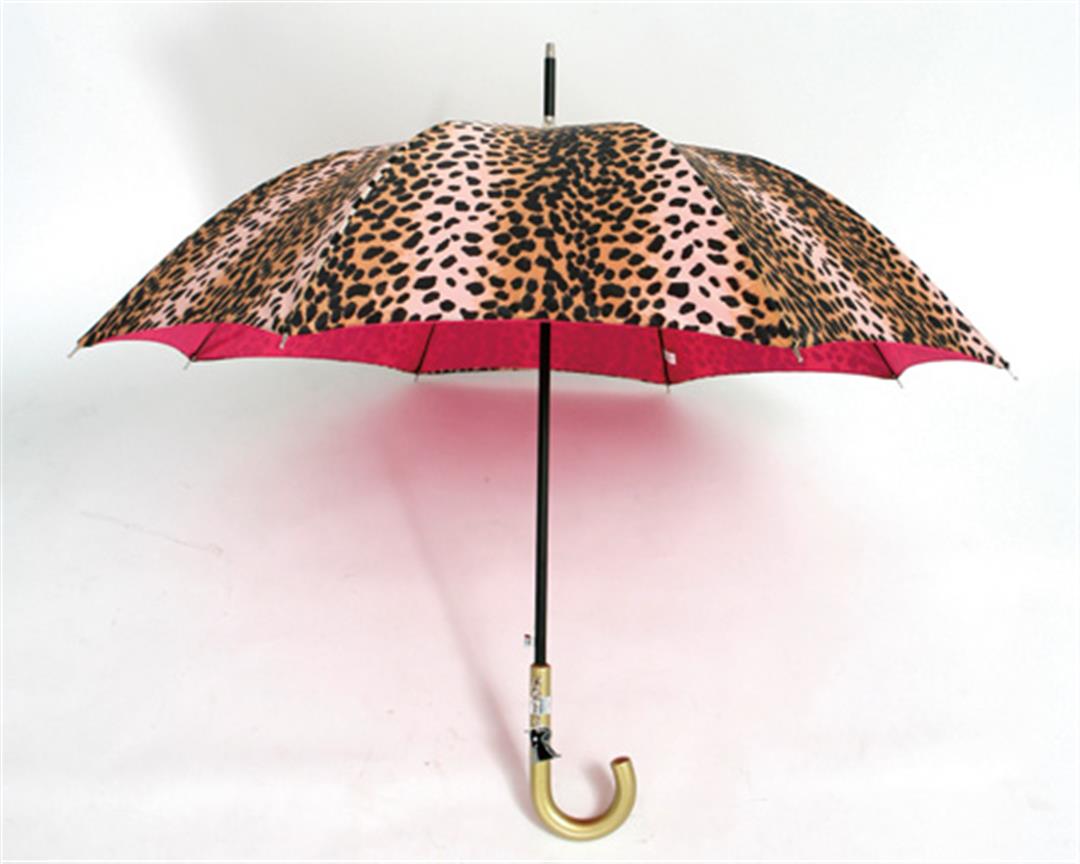Made in China, designed in Taiwan
In the beginning Enson had no factory of its own, outsourcing all of its production to others. Two years later, the company established its own factory at Huiyang in Guangdong Province. A second factory followed closely afterward. At present they have 900 employees that produce 60,000 dozen umbrellas per month, a total of more than 8 million units per year.
Though there are more than 10,000 factories in mainland China involved in producing umbrellas, most of them only are responsible for a single rung of the process, such as building the frame or assembling the finished product from its constituent parts. Enson's factories are the only ones that handle everything from start to finish, including structure, cutting and sewing the canvas, preparing the springs and the ferrules, and so on.
Umbrella production involves a great deal of specialized labor that must work together in a dense chain of production. Numerous processes involved are so delicate they cannot be fully automated, such as punching holes in the segments of metal that link up to form the umbrella skeleton, measuring the stitch interval, and cutting and sewing the cloth. Any errors at any point of the process may cause unevenness or result in leakage.
Umbrellas' ordinary appearance belies their intricacy. Including the buttons and the strap, there are over 300 parts that require meticulous assembly. Moreover, umbrellas sold in the US are required to be packed in boxes and also must come with a display case, all of which is very labor intensive.
Because of the massive number of peripheral parts involved, umbrella production must be situated in a collaborative stream of factories, with raw material suppliers "upstream," and parts manufacturers "downstream." Enson's location in Huiyang, Guangdong gives it access to a production chain controlled by other Taiwanese-run businesses, though the company still maintains its headquarters in Taipei County's Wugu Industrial Park.
"Patent protection has been a key issue. We're constantly having to fend off pirates," says Mao. Mechanically speaking, umbrellas are simple, but coming up with breakthroughs in design is another thing entirely. Once a new design is out there, reproducing it is not a problem for the dedicated copycat. Knowing how difficult it can be to survive in the umbrella business, Enson generally strives to avoid lawsuits against those who make illegal use of their innovations, preferring to rely on moral persuasion instead.

(right) The custom umbrella that Enson made for Rihanna had two layers, a plain inside and patterned outside, and was decorated on top with sparkling rhinestones. Fans greatly prize these umbrellas as collector's items.